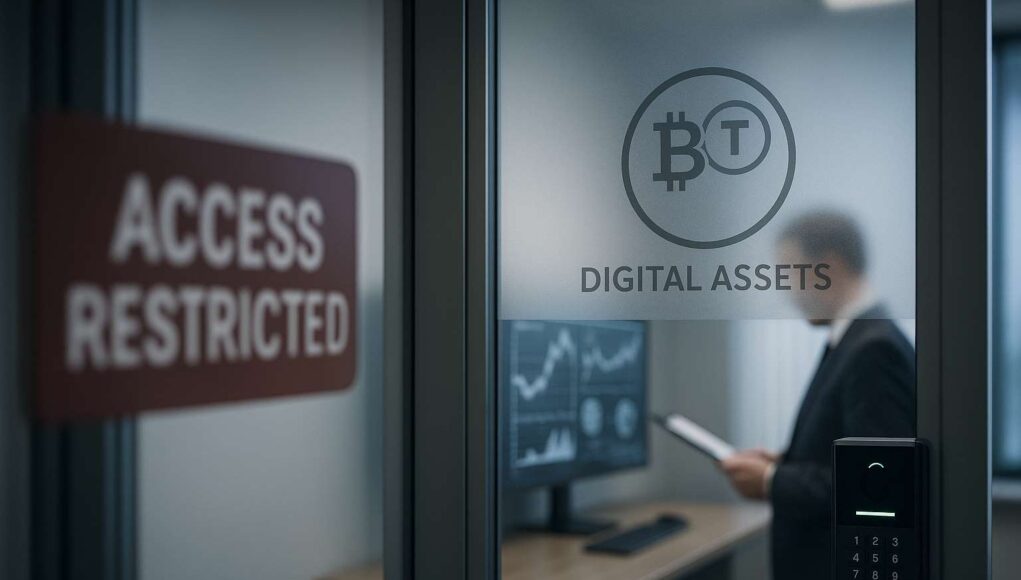Crypto markets are expanding rapidly, but in Russia, access is tightly controlled. Citizens and institutions face a complex web of permissions, prohibitions, and classifications. As of 2025, crypto trading in Russia is legal, but only within a strict legal and regulatory framework built to serve national priorities.
Legal Framework and What’s Allowed When Trading Crypto in Russia
Russia’s legal approach to crypto is anchored in the 2020 law “On Digital Financial Assets” (DFA). It defines two distinct classes:
- Digital Financial Assets (DFAs): Tokenized instruments like bonds or equities, issued and traded through licensed platforms.
- Digital Currency: Decentralized cryptocurrencies like Bitcoin, recognized as property but not as legal tender.
Under this framework, individuals and institutions can legally own cryptocurrency, but can’t use it for domestic payments. Token issuance is permitted, but only through licensed entities. Mining is legal if operators comply with energy and tax laws.
Cross-border payments using crypto are allowed within government pilot programs. However, trading crypto on licensed platforms is restricted to “super-qualified” investors. Promoting crypto to the general public or operating an unlicensed exchange remains illegal.
Investor Tiers: Who Can Trade?
Access to legal crypto markets in Russia depends on investor classification. While the Central Bank distinguishes between retail and qualified investors, it allows access to crypto products only to a narrow group, designated as super-qualified.
Super-qualified investors can legally trade DFAs and crypto-linked instruments. To qualify, individuals must meet high thresholds in capital, income, or financial certification. Institutions must hold regulatory licenses or accreditations. Certification typically involves passing an exam or obtaining status through a licensed brokerage.
This group includes banks, investment firms, and high-net-worth individuals. They can access structured products like Bitcoin-linked bonds and tokenized assets on licensed platforms.
Retail investors remain shut out. They cannot register on licensed platforms or participate in digital asset offerings. While the restriction is intended to reduce consumer risk, it also reinforces a two-tiered system that limits public participation in digital finance.
The Role of Licensed Platforms and Institutional Access
Only a handful of licensed institutions operate legally in Russia’s digital asset space. These include Sberbank, Atomyze, Lighthouse, and the National Settlement Depository (NSD). All are under the regulatory umbrella of the Central Bank of Russia.
These platforms don’t offer open crypto trading. Instead, they support DFA issuance, settlement, and custody for institutional clients. Products include tokenized bonds, structured notes, and commodities-backed assets. These platforms use private or permissioned blockchains, limiting outside participation.
Ruble-denominated crypto pairs are rare. Most use cases are geared toward institutional applications or cross-border finance, such as tokenized settlements with BRICS countries or digital export invoicing. This model aligns digital finance with state interests rather than with retail market demands.
Surveillance and Enforcement
Two key institutions, Rosfinmonitoring and the Central Bank, aggressively monitor Russia’s crypto space. They are responsible for enforcement and ensuring compliance with anti-money laundering (AML) and know-your-customer (KYC) laws.
Any legal participant must register, verify identity, and comply with reporting obligations. Blockchain surveillance tools are used to monitor asset flows, detect suspicious activity, and enforce sanctions compliance.
Since 2022, enforcement has surged. Users caught accessing foreign exchanges via VPN risk fines or account blocking. Promoting crypto investments on social media is punishable under anti-extremism or fraud laws. The state’s approach treats unauthorized crypto access as both an economic and national security threat.
Policy Trends and Future Outlook
Policy is slowly evolving, but remains centered on state control. In 2024, discussions began around granting limited access to retail investors. Proposed reforms include sandbox regimes, investor education programs, and stricter product labeling.
The idea of a state-run crypto exchange has gained momentum. Officials argue it could consolidate oversight and prevent capital flight. Such a platform would likely exclude open cryptocurrencies but support DFA trading and ruble-based stablecoins.
Internationally, Russia is tying its digital asset strategy to multipolar financial integration. It has held talks with BRICS partners to establish shared tokenized clearing systems. Efforts are also underway to launch a ruble-backed stablecoin for trade with sanctioned allies.
Despite these developments, full crypto liberalization is unlikely. The state’s strategy is clear: enable innovation without surrendering control.
>>> Read more: Russia’s Crypto Loophole: Can Sanctions Stop Oil Trade?
Crypto trading in Russia is no longer a gray zone, but access is highly selective. Institutions and certified individuals can participate legally. Retail users remain locked out. Innovation is permitted, but only through licensed channels serving state objectives.
What emerges is a tightly controlled financial frontier. It is built on blockchain rails, but governed like a central bank vault. For now, Russia’s crypto ecosystem remains an institutional walled garden.
Coming Next
In Part 5 of our series, we examine how Russia turned mining into a strategic asset:
“Mining the Motherland: How Russia Legalized and Curtailed Bitcoin Mining”











[…] The result: Bitcoin mining became legal in Russia, but only within a narrow, export-oriented framework. Profits could flow, but not stay domestic. […]